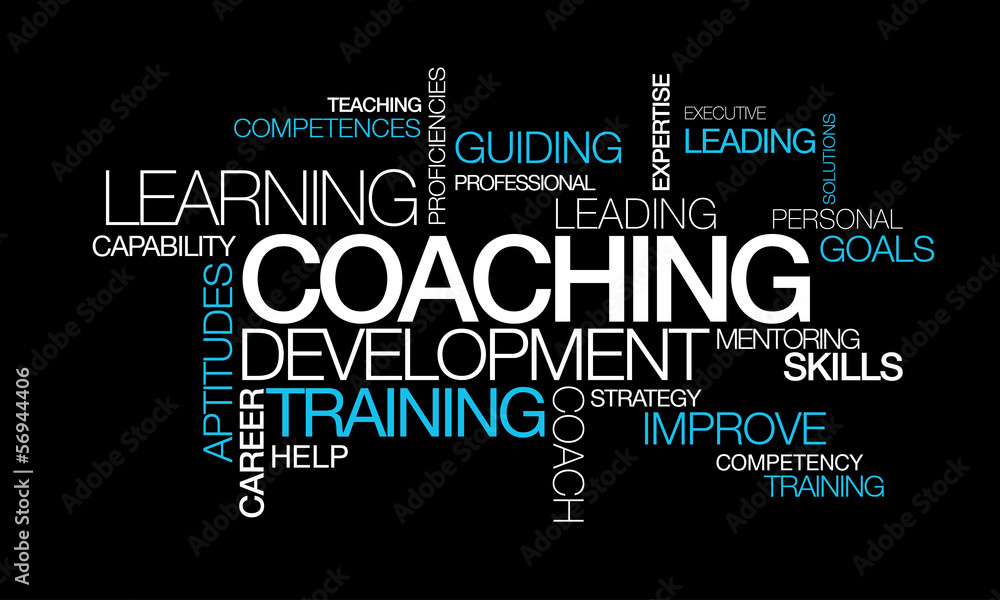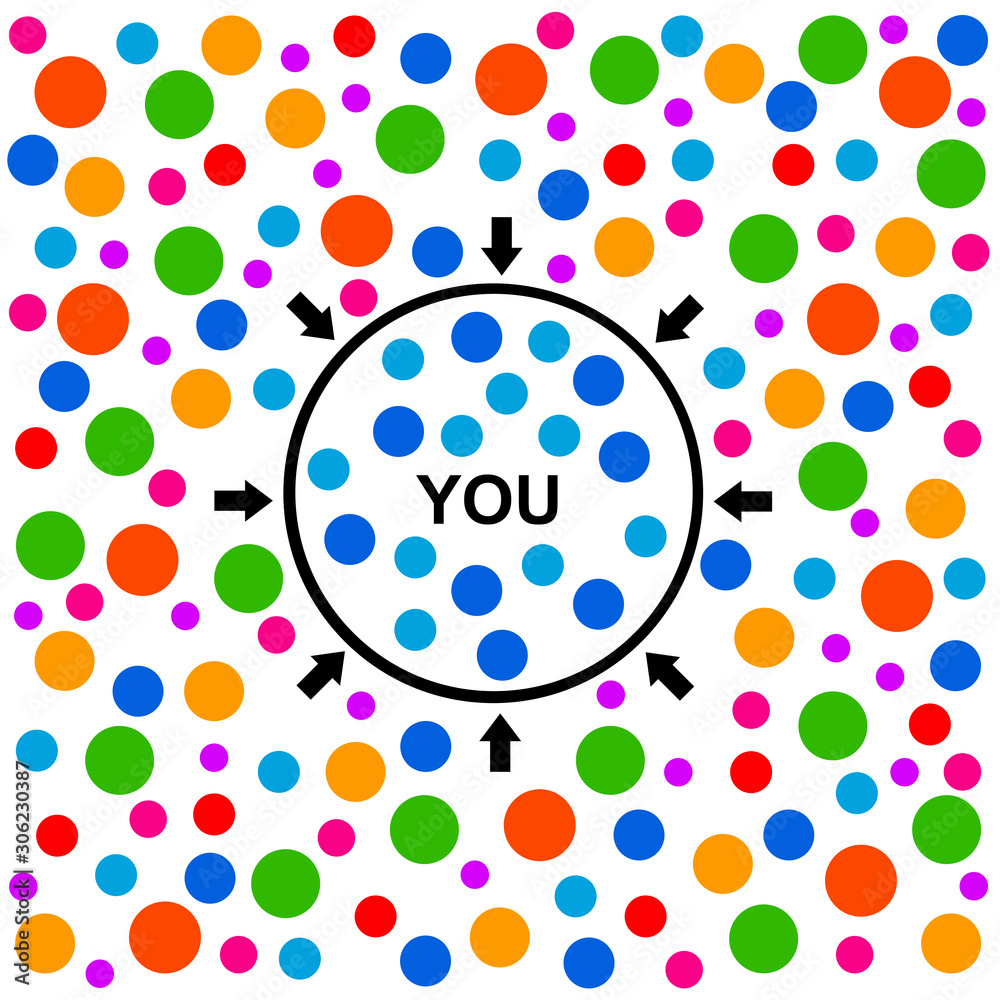This week’s blog prompt is a bit alarming, once I open my phone and see my own screen time numbers in real time. A typical day for me during the weekdays looks quite a bit different than screen time on a weekend. Typical weekday 2.5 – 3 hours, weekend oh boy much bigger number.
 Most days start with the alarm being snoozed a minimal of a couple times. You know, set the alarm to get up out of bed and be productive, then realizing that the valuable sleep might be more important. When I do get up out of bed and grab my phone, I check to see what messages might have come in, or alerts letting me know who my waiver wire fantasy football pickups are that week. With any luck, hit snooze only once and make my way downstairs to the gym. Here is where I’ll stream some music or follow a workout on one of the numerous apps I have or YouTube. Ideally, the Peleton App to track my workouts and hold myself more accountable.
Most days start with the alarm being snoozed a minimal of a couple times. You know, set the alarm to get up out of bed and be productive, then realizing that the valuable sleep might be more important. When I do get up out of bed and grab my phone, I check to see what messages might have come in, or alerts letting me know who my waiver wire fantasy football pickups are that week. With any luck, hit snooze only once and make my way downstairs to the gym. Here is where I’ll stream some music or follow a workout on one of the numerous apps I have or YouTube. Ideally, the Peleton App to track my workouts and hold myself more accountable.
Head upstairs around 7:15 and see if the kids are awake. Ask them what they’re watching, as they typically eat with the tablets and headphones on in the morning (actually makes it much more peaceful in our household). Usually it is some sort of sports reel or highlights from the previous night. What can I say, we like sports.
I make my way to school and begin my day. If I find the time my computer opens up to a quick news source glance, MSN, CTV, TSN but in some cases I don’t even have the time for that. Often times my first “real” look at my phone comes at lunch when it is time to head into the staffroom. If I have Social Studies that day, we look into some quick current events for the day.
 3:20 the bell sounds and then coaching takes over. Fall=Football, Winter=Hockey, Spring=Baseball. Add in other teacher tasks before or after this and before long we are back at home for the night unwinding. Kids want to usually watch something and so do I. If it’s Monday, Thursday, or Sunday it’s football and constant checking on phone for updates and scoreboard watching. Other nights it’s the mindless scrolling, searching Kijiji for my next purchase, or anything else that pops up on the feed. Then bring on the Sandman and repeat the next day.
3:20 the bell sounds and then coaching takes over. Fall=Football, Winter=Hockey, Spring=Baseball. Add in other teacher tasks before or after this and before long we are back at home for the night unwinding. Kids want to usually watch something and so do I. If it’s Monday, Thursday, or Sunday it’s football and constant checking on phone for updates and scoreboard watching. Other nights it’s the mindless scrolling, searching Kijiji for my next purchase, or anything else that pops up on the feed. Then bring on the Sandman and repeat the next day.
Since this class I have been much more aware of my time spent using my socials and the corresponding algorithms. This week our group researched and presented on Fake News. Jordan’s section on Filter Bubbles definitely poses questions to think about and for me with even the content my own kids are watching. I am an avid art watcher, so I try to like and follow other artists, particularly street artists to fill my feed, along with cooking, and of course sports.
 We all know the tips and tricks, to change our own algorithms but some of the best seem to be engaging with the content you are watching through commenting and liking. I find I tend to be most critical of content on Facebook. So much is shared that isn’t fact checked or is severely outdated and recycled content. Fake News is just so easily shared and with deepfake technology it is even more convincing. Although, I still feel there is a very entertaining and intriguing side to deepfakes as well.
We all know the tips and tricks, to change our own algorithms but some of the best seem to be engaging with the content you are watching through commenting and liking. I find I tend to be most critical of content on Facebook. So much is shared that isn’t fact checked or is severely outdated and recycled content. Fake News is just so easily shared and with deepfake technology it is even more convincing. Although, I still feel there is a very entertaining and intriguing side to deepfakes as well.
My current conundrum is with my students and my own children. How to show them what they watch and like, is influencing their choices without them even understanding it is happening. I need to figure out the best way to show them that their likes and searches have more interactive power than they even know. Time for some more conversations and further digital media education.

First, Joe Burrow is my starting QB so any suggestions of waiver wire steals would be appreciated. Secondly, how do your students respond when you tell them that their likes and searches impact their bubble?
Thanks for the comment Curtis. Usually they can make the connection, and relate it to their feeds. Younger students struggle more with the concept for sure though.
Hi Graeme, when I used to teach, we used to do an activity together as a class where we would choose a random and weird thing that most students would normally not see pop up on their algorithms. Last time I did the activity, it was ‘VCR’, which made me feel old. Throughout the hour-long class, we would continuously say the word ‘VCR’ around our phones and use it in conversation. Students were tasked with finding the first unprompted ad targeted to them about VCRs and it would usually happen within a day or two. It really helped highlight and show that even watching tv or listening to the radio will inadvertently impact their media choices without them knowing.
Thanks for the comment Chantal. That’s a great idea, especially using something so outdated that there wouldn’t be any real reason for it to show up on their feeds. Maybe Atari will be my topic of choice!
Hi Graeme, since starting this class I too have become much more aware of the time I am spending in digital spaces. This introspection has made me realize that there are certainly trends in the reasons why I am more likely to immerse myself in digital media. What this awareness has also brought to my attention is the ways that certain information, media, advertisements, etc. are all curated in response to my own search habits and interests. For example, one day I paused for a little longer on a post about ADHD in adults, for the next week similar posts were interspersed in my Instagram and Facebook feeds. This monitoring of digital access and curation of specific information specifically in response to myself is something that I frequently find quite disconcerting and makes me realize with even greater certainty the importance of digital media literacy.
Great point about how even pausing on an article or video can alter your feed. Michael mentioned in one of our small group breakouts that sometimes he will leave a group of videos playing on a topic of interest so it adjusts his feed in future days on that topic. Currently my feed is flooded with Christmas baking! Great to hear your insights on the topic, thanks for the post.
Very interesting overview, Graeme. A day in the life. Some of my favourite techniques for teaching students (and my children) about our filter bubbles and hidden algorithmic agendas are deconstructing advertisements – looking at the persuasive techniques used (great in ELA), specific target audiences, and emotional manipulation. Mid to high-school level students usually love to hear the psychology behind it all. I also stress the importance of identifying innate bias, looking at who this content serves and who is left out of the conversation. While these are serious topics, there’s a lot of fun to be had in dissecting “the machine” with students.
Some great ideas here Kim! In Grade 6 Health, we look at how ads target different groups of people based on interests and audience demographics. Especially ads that are on their favourite YouTube videos for instance. It’s been great to read and hear your insights this semester and I look forward to looking through your summary of learning escape room. Super cool idea.